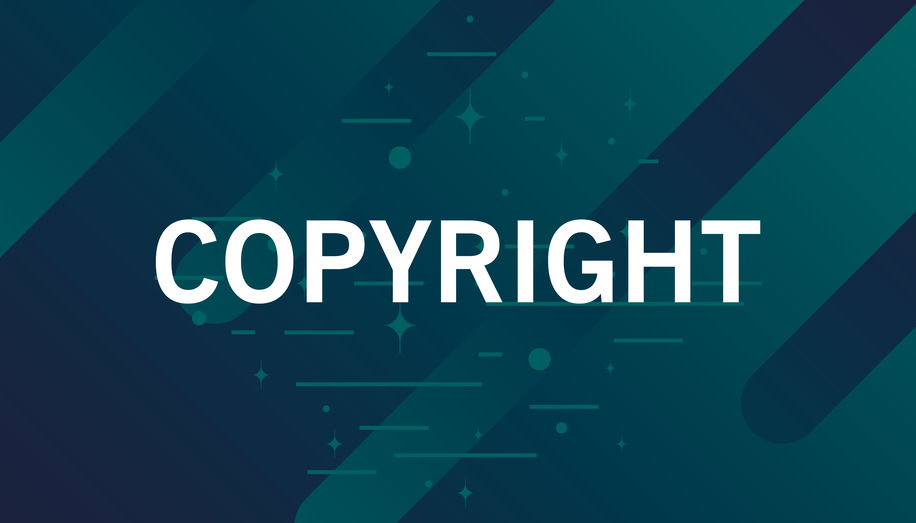Do I need a Copyright Notice?
Currently, the “Copyright Notice” is the mechanism used to make third parties aware of work’s copyright protection. The Copyright Notice consists of including all of the following together with the work: 1) the letter “c” inside a circle or the word “copyright,” 2) the year of initial publication, and 3) the name of the author or authors.
The most important function of this mechanism, for works created today, is that it serves as a warning for persons who improperly appropriate them or infringe on any copyright. Once the notice is included in the published work, the offender cannot claim that he was unaware of the law (“innocent infringement”), since it is presumed that he saw the notice and ignored it.
However, the purpose and effect of this notice varies depending on the date of initial publication of the work. There are three important periods to consider. The law operates in different ways depending on the date of original publication of the work.
Copyrights between 1909 – 1978: Under the old Copyright Act of 1909, the work acquired protection at the time of its publication, and only if all published copies carried the notice. Any omission thereof, even in a single copy among thousands, entailed the loss of copyright.
Copyrights between 1978 – 1989: The Copyright Act of 1976 provided for the work to acquire its rights at the time of its fixation in a tangible means of expression. However, it retained the notice requirement in published works. Therefore, by creating the work the author acquired his copyright; But if he or she decided to publish it, they would have to include the “notice.” If not, he or she would lose their rights.
Copyrights between 1989 – Present: When the United States subscribed to the Berne Convention treaty in 1989, it agreed to eliminate from its laws the notice requirement for published works, through the Berne Convention Implementation Act. That is, since 1989, it is not required to include the notice with the work to retain the copyright.
Can I Restore Copyrights?
The term “publication,” for works created before 1989, was typically understood as “physical distribution of copies to members of the public without restrictions on use.” The lost rights of domestic works published under previous laws cannot be revived through amendments and new laws. However, for foreign works that have fallen into the public domain due to the notice provisions of the Copyright laws of 1909 or 1976, the Berne Convention provides for their copyright to be restored.


